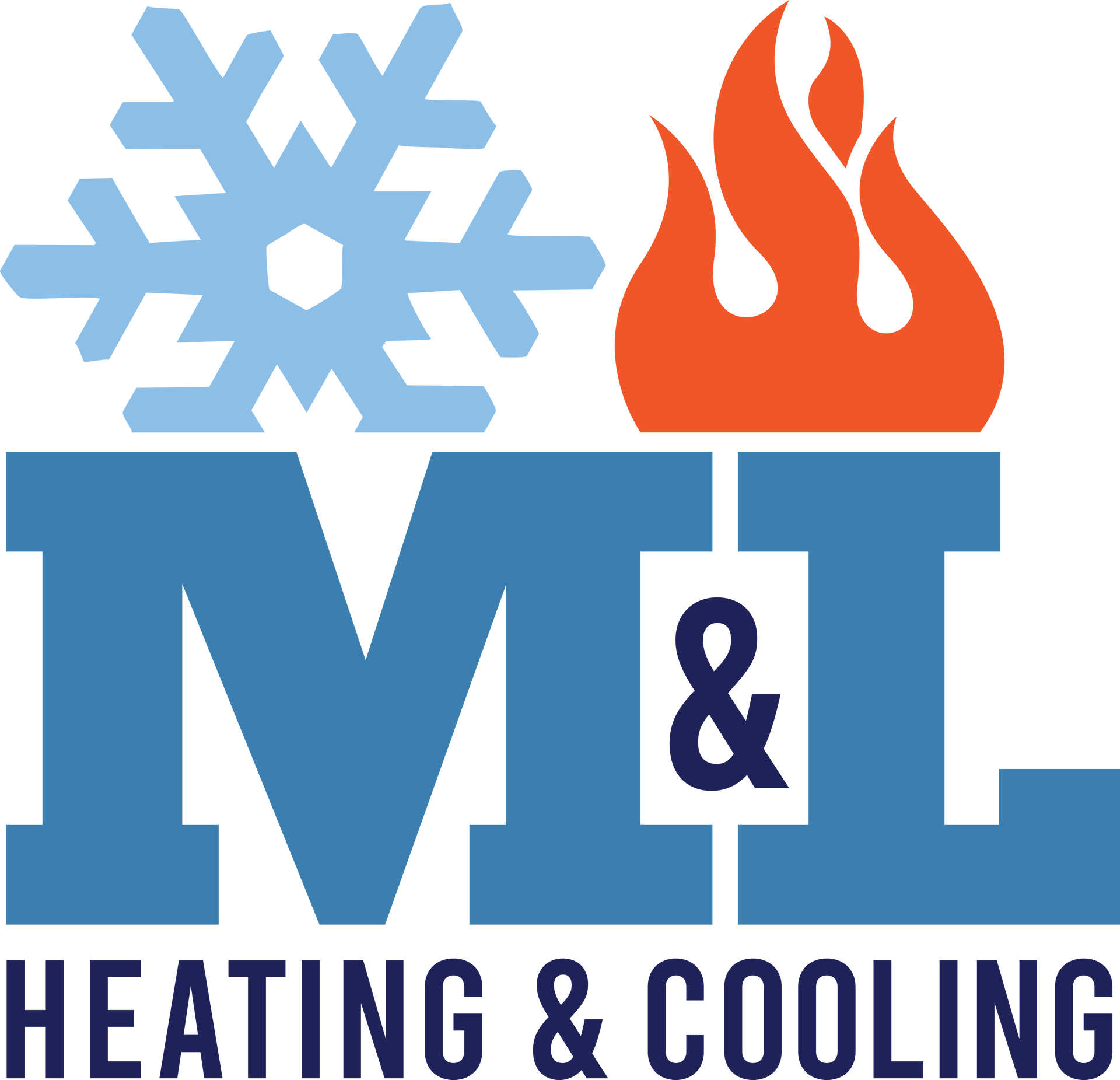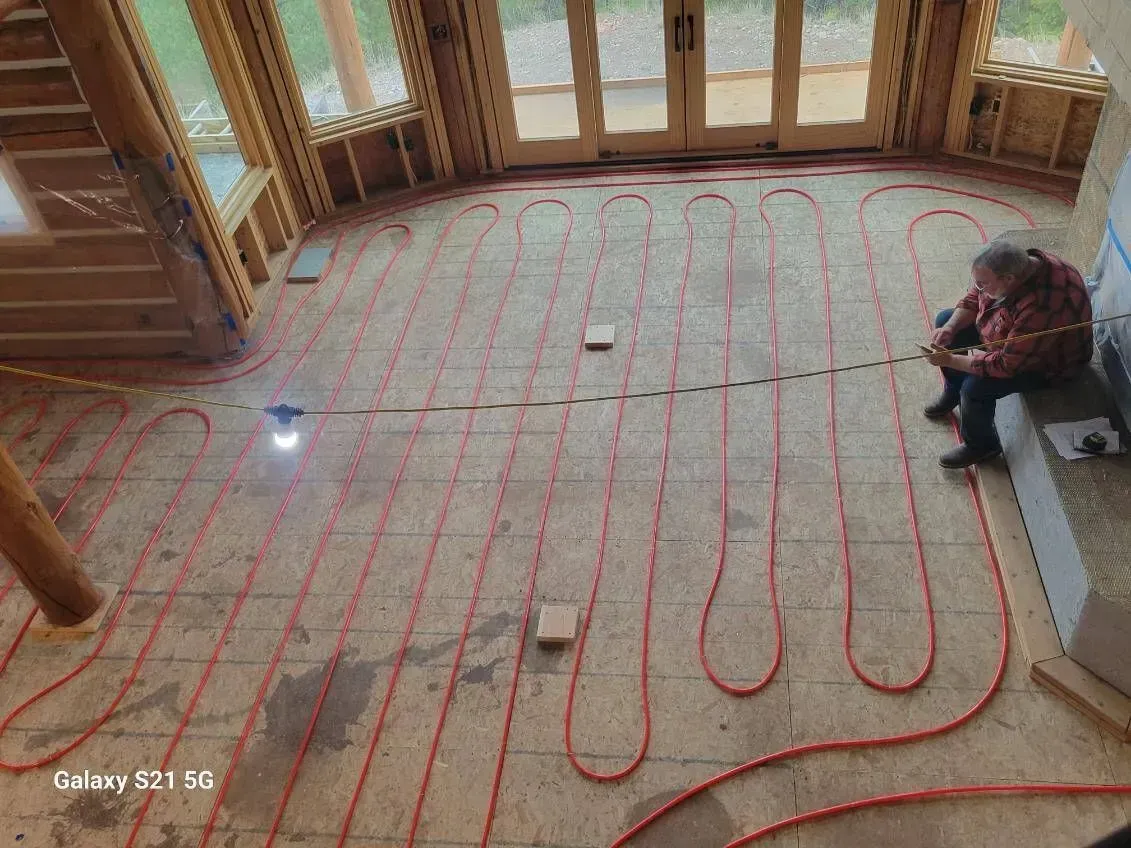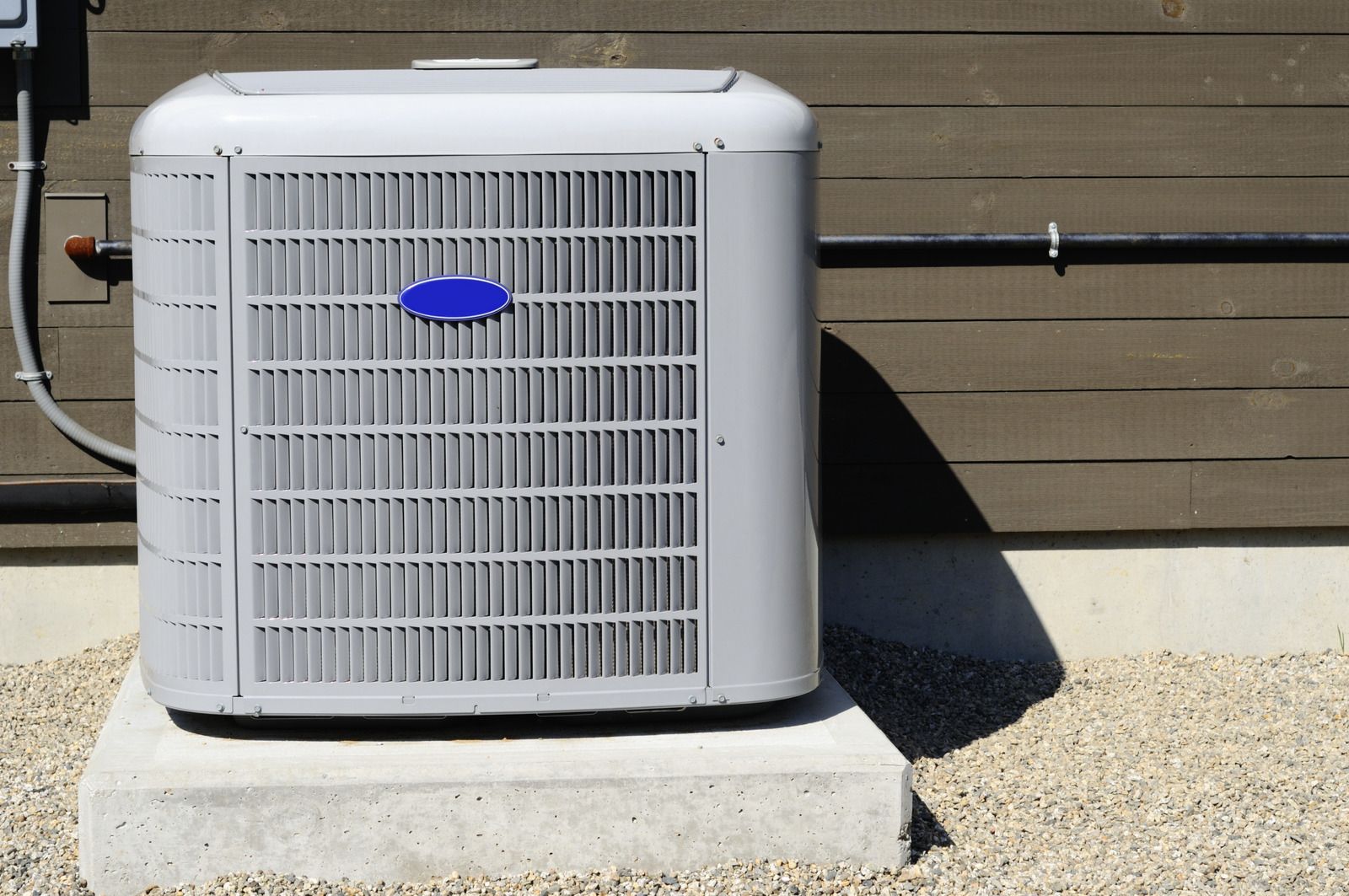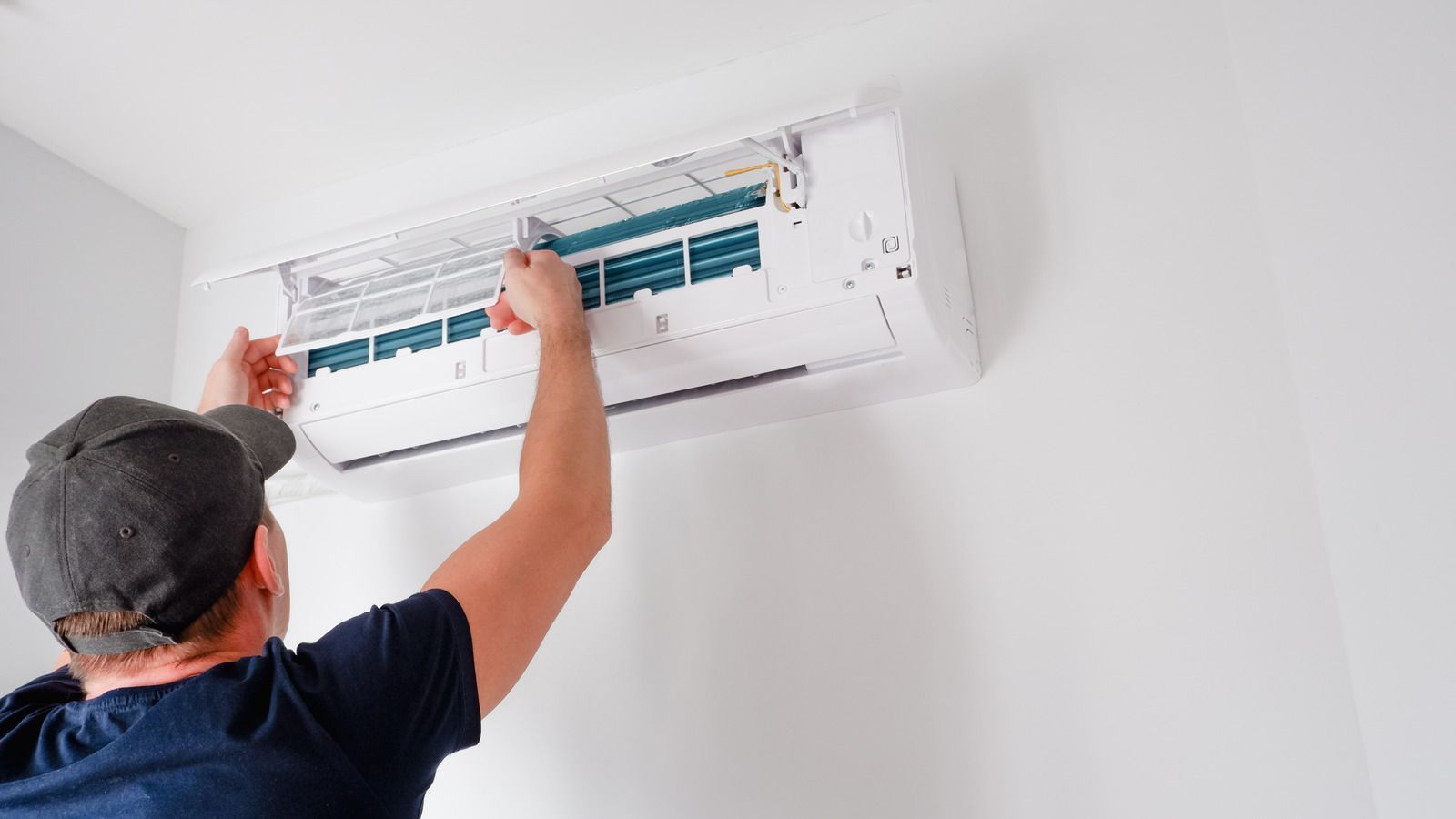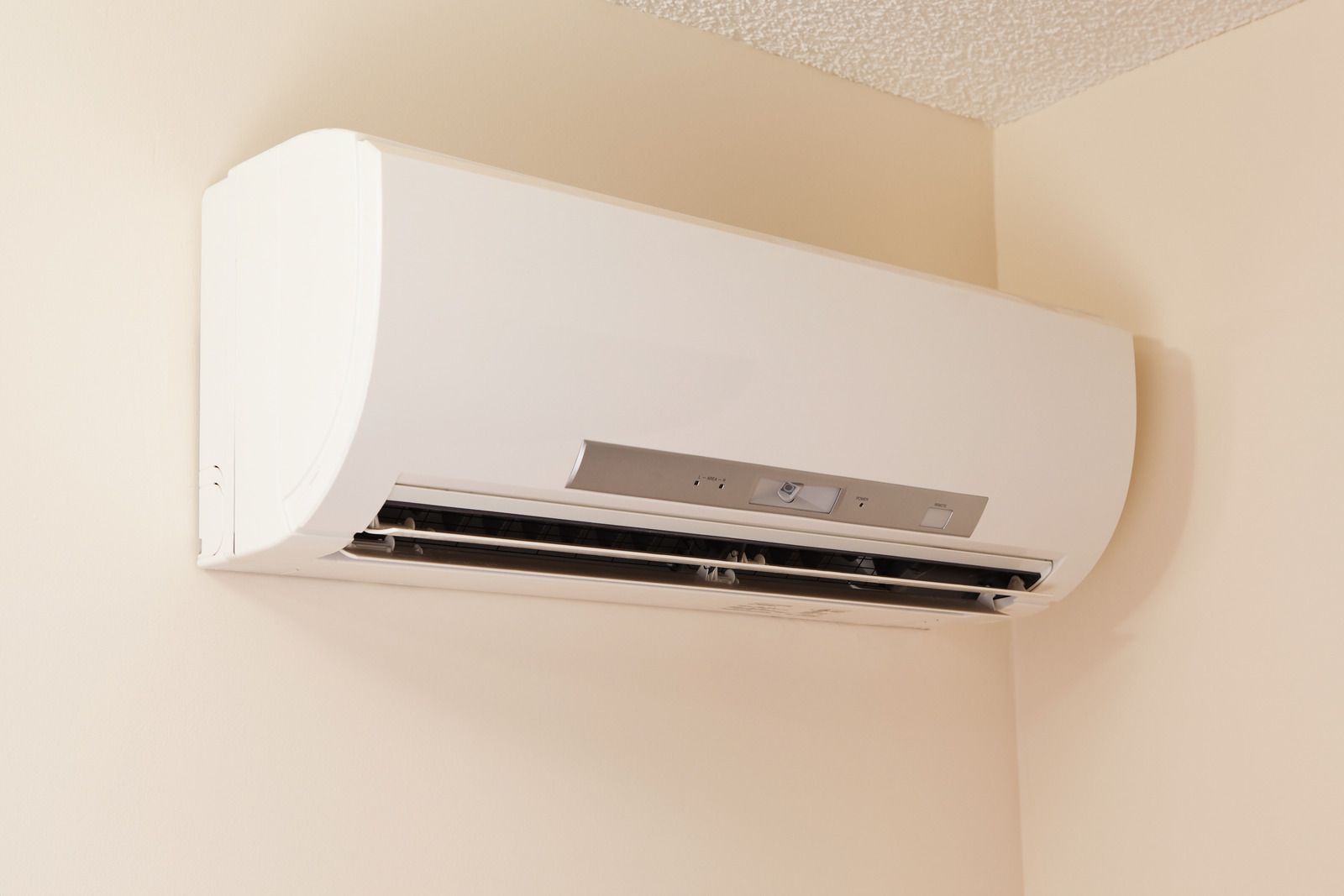Contact
Why Radiant In-Floor Heating Is the Ultimate Winter Upgrade
Cold floors create discomfort in every room. Many heating systems focus on warming air but leave flooring chilly. Radiant in-floor heating solves this problem by delivering warmth directly beneath the surface. Stepping onto a heated floor provides comfort, making winter mornings easier.
Traditional heating methods use vents and ducts to circulate warm air. This approach leads to uneven temperatures and cold spots. Radiant heat spreads evenly, creating a consistent indoor climate. Dust and allergens stay lower since forced air does not move particles around.
Homes with heated floors feel cozier. Bathrooms, kitchens, and bedrooms benefit the most, where bare feet often touch the floor. Many homeowners install radiant heating during remodeling projects, upgrading their space for better winter comfort.
How Radiant Heating Works
Heating elements rest beneath the floor, generating warmth that rises into the room. This method heats surfaces and objects instead of relying on air movement. A thermostat controls the system, allowing adjustments for different spaces.
Two types of radiant heating exist. Electric systems use heating cables under the floor, while hydronic systems rely on warm water flowing through tubes. Electric heating works well in smaller areas, while hydronic options suit larger spaces due to efficiency.
Proper installation provides long-term benefits. Unlike traditional heaters, no vents or grates take up wall space. The room feels evenly warm without noisy fans or air blowing through ducts.
Energy Efficiency and Savings
Radiant heating consumes less energy than forced-air systems. Direct heat transfer reduces energy waste, allowing lower thermostat settings while keeping rooms warm. As a result, heating bills decrease.
Heat remains inside the home instead of escaping through vents. Warmth stays where needed, reducing strain on heating equipment. Many homeowners notice reduced energy costs over time.
Installation costs vary based on materials and floor size. Long-term savings help balance upfront expenses. Many find the investment worthwhile due to lower monthly bills.
Increased Comfort and Home Value
Radiant heating improves comfort by eliminating cold floors. No drafts or temperature swings create a balanced indoor climate. Air remains at a comfortable humidity level, avoiding the dryness common with forced-air systems.
Property value increases with energy-efficient features. Buyers seek homes with modern heating solutions. A home with radiant heat attracts interest, especially in colder regions.
Various flooring materials work well with this system. Tile, stone, and engineered wood transfer heat effectively. Carpets can also work if installed properly. This flexibility allows homeowners to maintain their preferred interior style.
The Right Time for an Upgrade
Winter brings colder weather, making now the best time to install heated floors. Homes stay warm without relying on loud fans or air vents. Floors remain cozy from morning to night. Remodeling projects provide the perfect opportunity for installation. Many homeowners include radiant heating in bathroom and kitchen updates. Adding this feature enhances daily comfort while increasing energy efficiency.
Long-term benefits make radiant heating a smart investment. Lower energy use, consistent warmth, and improved home value make this upgrade worthwhile. Installing now ensures a comfortable winter for years ahead.
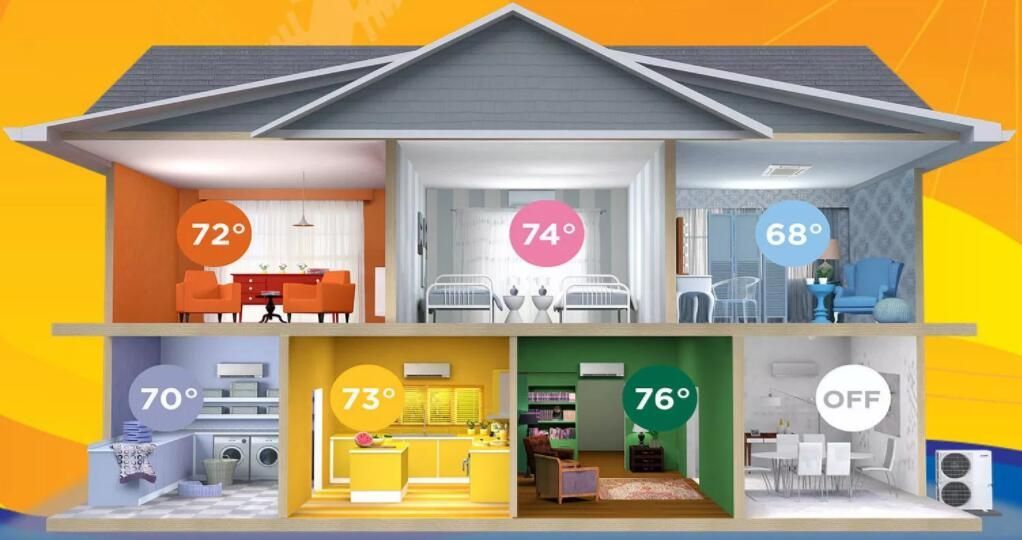

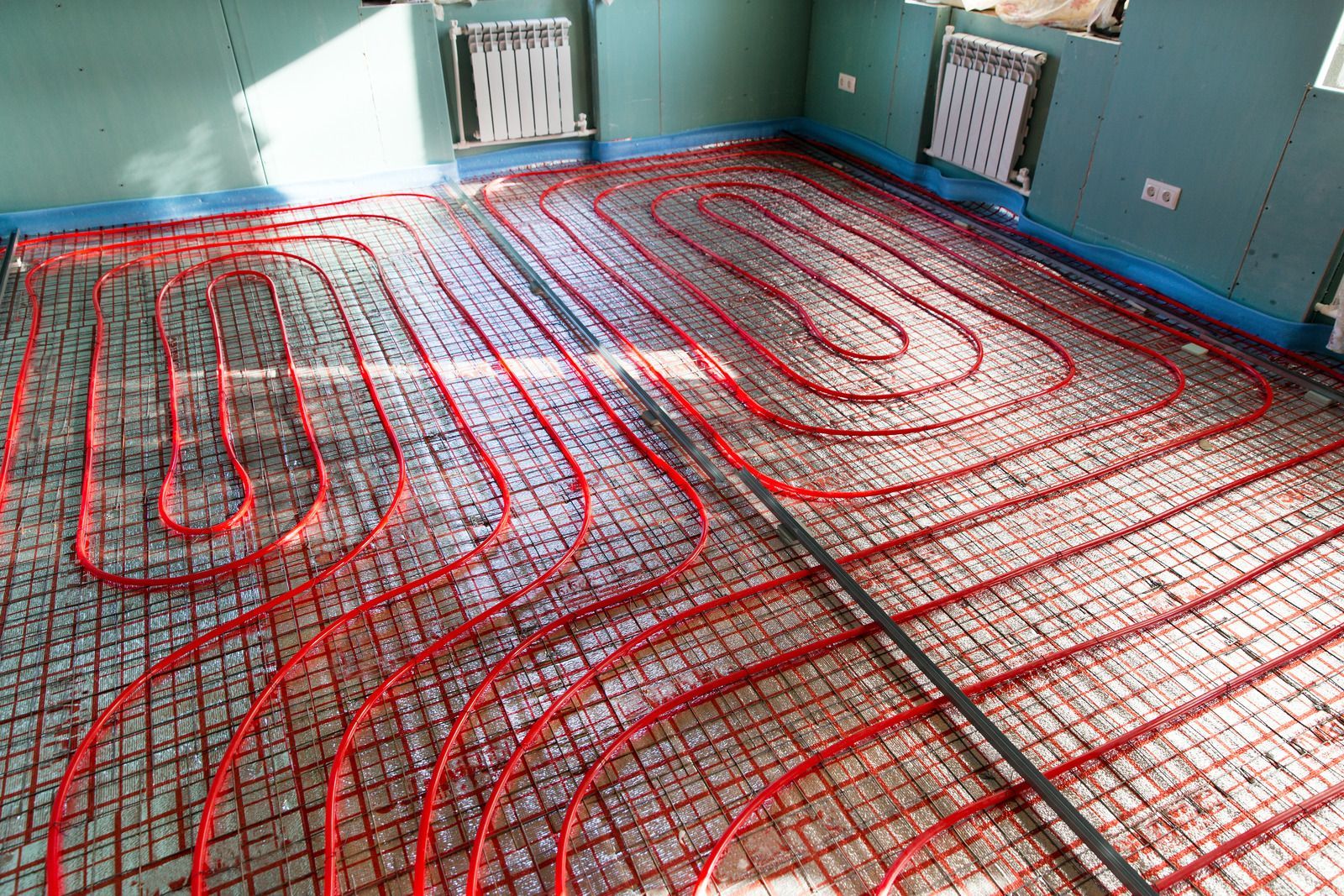
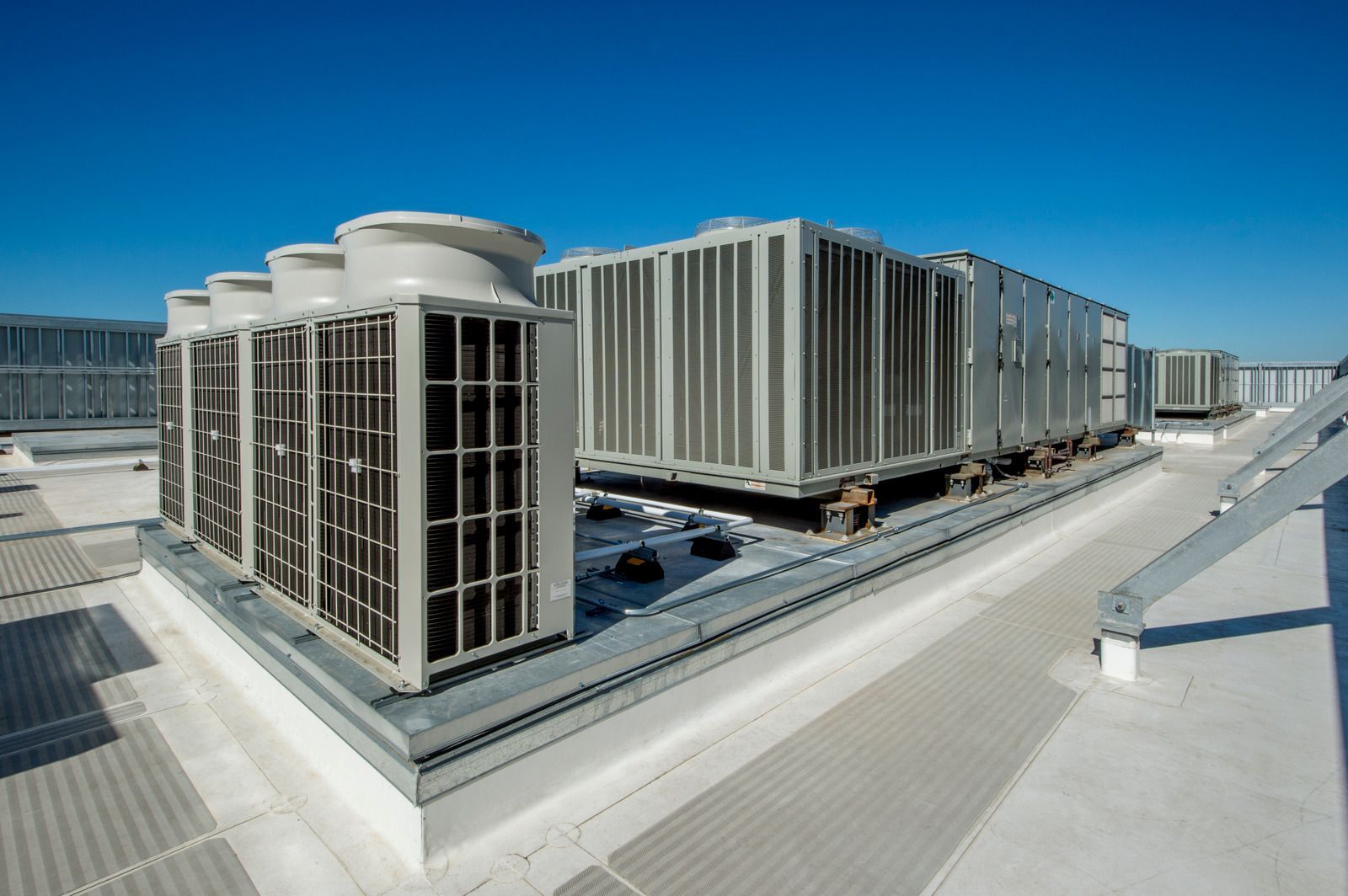
Service Areas
Stevensville, MT | Bitterroot Valley, MT | Missoula, MT | Hamilton, MT | Lolo, MT | Florence, MT | Victor, MT | Corvallis, MT | Clinton, MT | Darby, MT | Frenchtown, MT | Turah, MT | Bonner-West Riverside, MT | Alberton, MT | Huson, MT | Pinesdale, MT | Drummond, MT | Bearmouth, MT | Potomac, MT | Seeley Lake, MT | Ovando, MT
